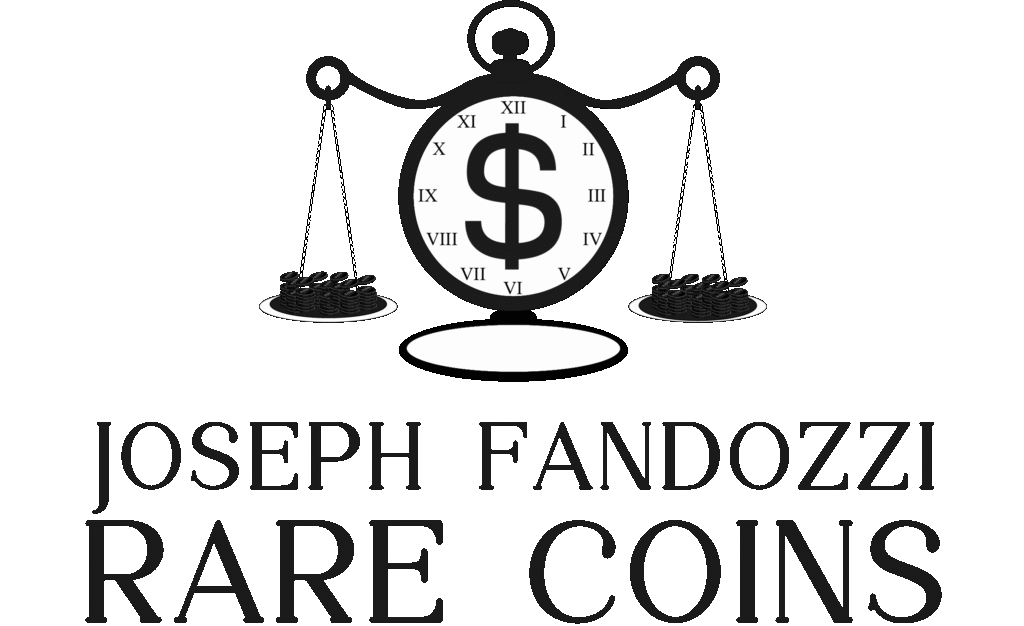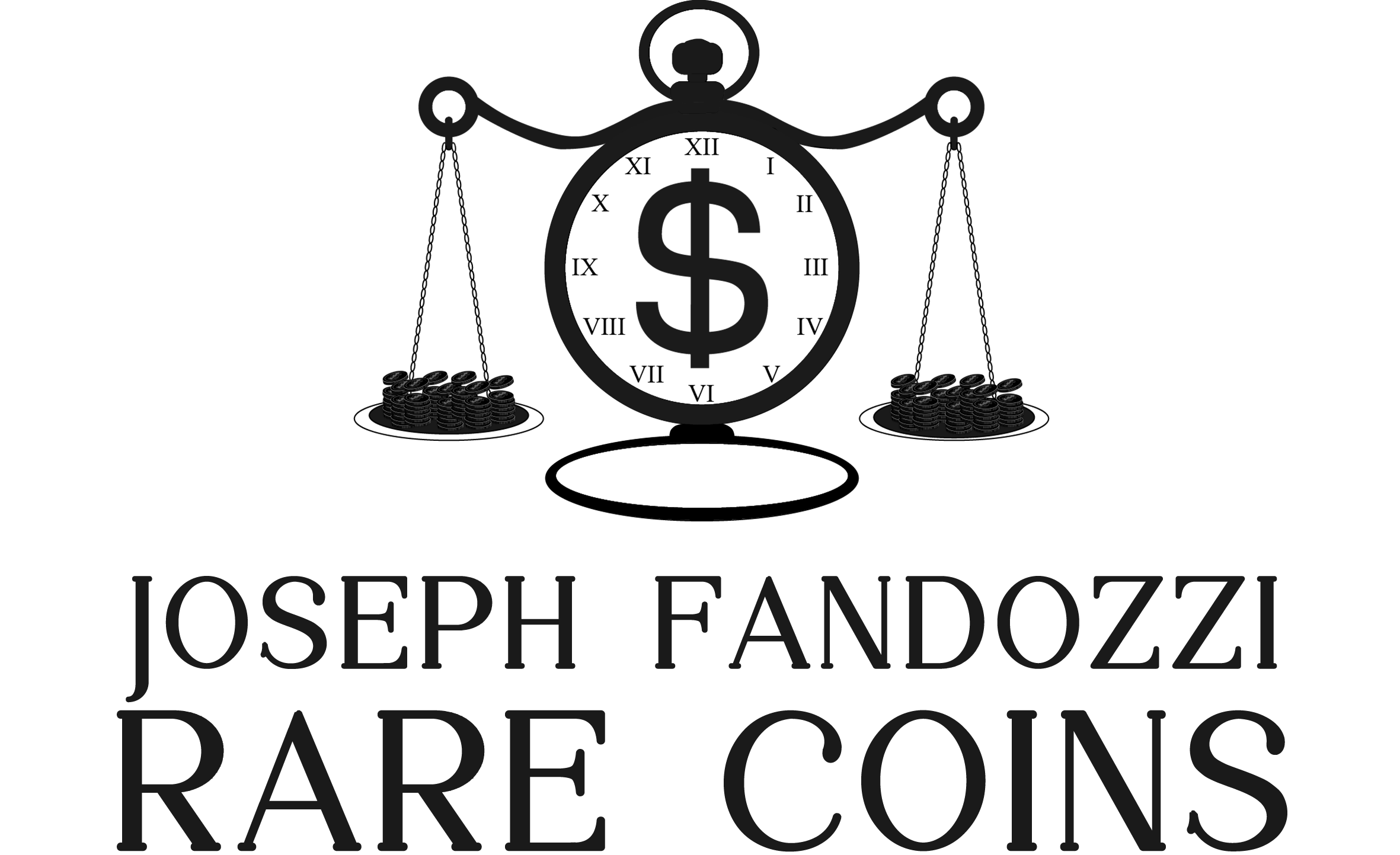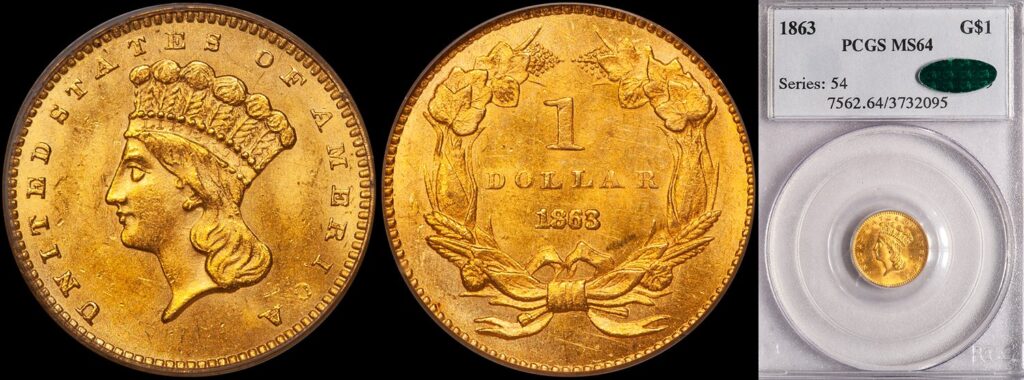Introduction After almost 50 auctions between June, 2018, and April, 2025, involving some 6,800 coins, the Stack’s Bowers Galleries (SBG) Fairmont sales have officially ended. Among these auctions have been 29 sales that included at least 50 coins with the “Fairmont Collection” pedigree. There have been 13 Fairmont-only sessions, including the initial June, 2018, sale of double eagles, the August, 2020, sale of half eagles, and 11 “named-set” auctions that included half eagles, eagles, and double eagles. A single stray $3 coin and one $5 Territorial were sold. No gold dollars or quarter eagles have appeared among the Fairmont coins. I wrote the first of this series of articles in late 2023, midway through the named-set Fairmont auctions, and followed it with eight more. It now seems appropriate that I write a final piece updating and summarizing these articles. This recapitulation will broadly follow the sequence of the series. For the most part, I will not repeat in lengthy detail material that has appeared previously; rather, I will simply provide highlights and pointers. The Pedigreed Fairmonts At the present time, the Fairmont Collection comprises about 8,300 US gold coins, graded by the Professional Coin Grading Service (PCGS) and bearing “The Fairmont Collection” pedigree on their holders. Accordingly, I refer to these as the “pedigreed” Fairmont coins. By searching SBG auction records, the PCGS “Cert Verification” database, plus several dealer inventories, I have built a database for the pedigreed Fairmont coins that I believe to be more-or-less complete. My list of pedigreed Fairmonts continues to grow, slowly. For example, in early May, JM Bullion, a corporate affiliate of SBG, offered for sale some pedigreed Fairmont Liberty T3 $20s, and, in consequence, I added 19 pedigreed Fairmont double eagles to my database. However, for this article, I decided to freeze the numbers as of early April, 2025 – a few more coins do not change things much. In any case, unless SBG decides to release an inventory of the Fairmont coins, we will never know for sure exactly how many there are. The numbers that I provide here are perhaps best regarded as lower bounds – as the above example illustrates, it is almost certain that I have not yet found the records for all the pedigreed Fairmonts, and I probably never will. That said, the table below presents the demographics for the pedigreed Fairmonts, excluding the $3 piece and the $5 Territorial, as I knew them in early April. As of April, 2025, 82% of the pedigreed Fairmonts have been sold in SBG auctions. The table below presents these numbers, expressed as percentages of the known totals. Obviously, a substantial number of pedigreed Fairmonts, perhaps about 1,500 coins, have not been sold in SBG’s auctions. Some of these coins have been distributed outside the auctions through dealers and marketers such as JM Bullion. Doug has obtained and sold some. Some have been sold privately. Even Heritage has auctioned at least one pedigreed Fairmont as a first-time sale. However, the evidence currently suggests that these sales do not account for most of the 1,500 coins, and I suspect that many of them remain unsold today. The 1,500 coins are not evenly distributed across the three denominations. Relatively few are double eagles. Among the half eagles and the eagles, a significant number comprise just two issues, the remainders from 300 1901 $5s and 300 1901 $10s that were submitted to PCGS, perhaps in early 2018, almost all of which were graded MS-63. A few of these 600 coins have entered the marketplace, but I think most of them have not. Among the half eagles, it appears that essentially all the Classic Head coins in the Fairmont hoard were graded with the pedigree. It also appears that essentially all the coins for a few of the common dates among the No-Motto Liberties, notably 1844-O, 1845, 1846 (large date), and 1848, were also graded with the pedigree. Somewhat more than 200 of these coins, generally those with lower grades, have never passed through the SBG auctions, and are included among the 1,500 coins. There are about 60 1892-CC pedigreed Fairmont $10s among the 1,500 coins. The remainder are scattered across the spectrum. Most are relatively common dates, although there are a few from the scarcer issues. I am aware of no rarities among the 1,500 coins. Despite the word “collection,” the Fairmont Collection is not a purpose-built collection in the usual sense of the word – rather, it is part of a hoard. It is now evident that the pedigreed Fairmonts, as defined above, comprise only about 2% of a much larger parent population of perhaps 400,000 coins, encompassing the best coins from this parent population in terms of both rarity and condition. Because the pedigreed Fairmonts are the choicest from the hoard, it is not surprising that a relatively large fraction of them have received CAC approval. The table below presents the numbers, expressed as percentages of the 6,800 pedigreed Fairmonts sold in the SBG auctions, for which SBG has provided images of the coins in their holders. Of course, is only by inspecting the holder that one can determine for certain whether or not a given coin has been awarded a CAC sticker; interrogating the CAC database by PCGS Cert Number is insufficient. What strikes my eye in scanning this table is that CAC was noticeably harder on the double eagles than the half eagles and eagles, and was also picky about the $5 Indians and the San Francisco $10 Indians, relative to the Liberties. In contrast, there was little distinction between the $20 Saints and the Liberties. Whether this is telling us something about CAC’s approval standards, or the pedigreed Fairmonts, or perhaps a bit of both, is not a question I can answer. One of the surprises of the Fairmont sales has been the appearance of a number of proofs, often lightly circulated. By my count, there were 53 of these (as identified by PCGS – SBG argues that there


